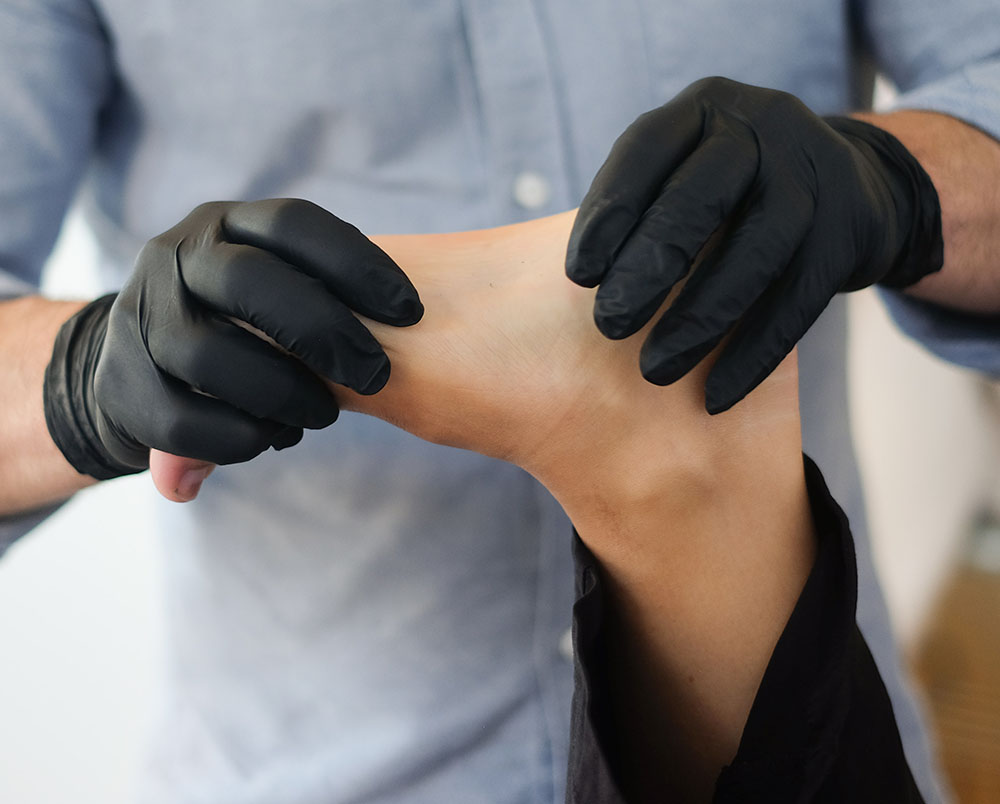Hamstring Tears: Causes, Symptoms, and Treatments
Hamstring tears are a common injury among athletes and individuals who participate in physical activities that require intense muscle movements. A hamstring tear refers to the partial or complete rupture of one or more of the three muscles located in the back of the thigh: the biceps femoris, semimembranosus, and semitendinosus. In this article, we will discuss the causes, symptoms, and evidence-based treatments for hamstring tears.
Causes of Hamstring Tears
Hamstring tears can occur from sudden or repetitive strain on the muscles. Some of the most common causes of hamstring tears include:
- Overuse: Overexertion of the hamstring muscles can lead to small tears in the muscle fibers, which can accumulate and lead to a larger tear over time.
- Muscle Imbalance: Muscle imbalances in the leg, such as weak quadriceps or tight hip flexors, can increase the risk of a hamstring tear.
- Poor Flexibility: Limited flexibility in the hamstring muscles can cause them to be more susceptible to tears, especially during physical activities that require sudden movements.
- Fatigue: When the hamstring muscles are tired, they are more likely to tear during physical activity.
- Previous Injury: A history of hamstring injuries can increase the likelihood of future hamstring tears.
Symptoms of Hamstring Tears
The symptoms of a hamstring tear can range from mild to severe, depending on the extent of the tear. Some of the most common symptoms of hamstring tears include:
- Sudden and severe pain in the back of the thigh during physical activity.
- Swelling, bruising, or tenderness in the affected area.
- Inability to bear weight on the affected leg.
- Muscle weakness or loss of function in the affected leg.
- A popping or snapping sensation in the back of the thigh at the time of injury.
Treatments for Hamstring Tears
The treatment for a hamstring tear depends on the severity of the injury. Mild hamstring tears can be treated with rest, ice, compression, and elevation (RICE). More severe tears may require medical intervention, such as physical therapy, anti-inflammatory medication, or surgery.
Here are some evidence-based treatments for hamstring tears:
- Physioherapy: A physiotherapist can create a rehabilitation plan that includes stretching, strengthening, and functional exercises to help reduce pain and improve muscle function.
- Platelet-Rich Plasma (PRP) Therapy: PRP therapy involves injecting platelets from the patient’s blood into the injured area, which can help stimulate healing.
- Dry Needling: Dry needling involves inserting a thin needle into the affected muscle to relieve pain and improve function.
- Surgery: In severe cases, surgery may be necessary to repair a complete tear of the hamstring muscles.
Conclusion
Hamstring tears can be a painful and debilitating injury, but with proper treatment, most individuals can make a full recovery. To prevent hamstring tears, it is essential to maintain good flexibility, proper muscle balance, and avoid overuse or fatigue of the hamstring muscles. If you suspect you have a hamstring tear, it is important to seek physiotherapy attention promptly to ensure proper diagnosis and treatment. If you would like an appointment to have your hamstring assessed, call us on 9815 2555 or book online here










